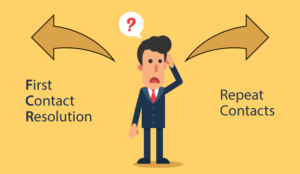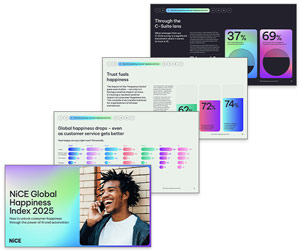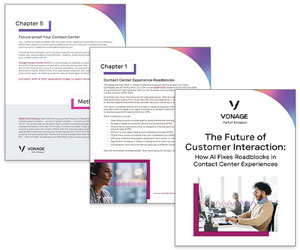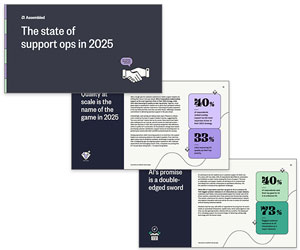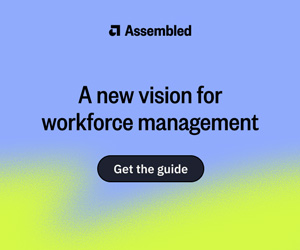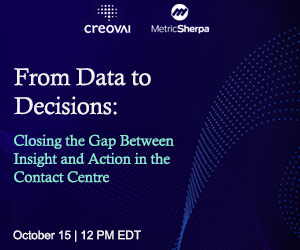Peter Massey at Budd explores the tips for reducing repeat contacts that he first covered in our 2022 webinar Driving Down Repeat Contact.
1. This Is Not New
Our passion is “How do we stop doing dumb things to our customers and our people?” Many companies repeat the same failings and do not look at what has been already invented by other companies or even their own predecessors.
Here’s an example in the context of repeat contacts. I was able to count 42 emails but there were countless phone calls to Kia having placed an order for their brilliant ‘What Car, Car of the Year’ and then renting one pending delivery.
These were to both the dealer and the hire company. After much effort, visits, recalls, swap-outs and researching forums, it was pretty clear the company is not ready for the car, let alone the customers.
It’s Crucial When Avoiding Repeat Contacts to Build an Effective Knowledge Base
It has no effective support for dealers to support customers, no online capability, no way of using feedback from drivers who know the car inside out. It has no design for launching a piece of technology, let alone one with early adopter glitches due to the app, the hardware and software or just user perceived or adoption.
In short, no shared knowledge base or support organization for customer success. The lessons have all been learned before – if it were launching a new phone, it would have been prepared.
Even if it only looked in its own industry it would see that BMW copied the Apple Genius idea to support customers with their new technology/cars and not just electric ones. It would see how Tesla streamlined customer experiences by learning from the customers how to use their cars.
“Dog mode” is a perfect example of thinking like a customer.
Flipping the Turtle
Amazon had a phrase called “flipping the turtle”. Imagine a turtle on its back struggling and waving its legs in the air. That was me with the Kia. No one was able to recognize and pick up the turtle and flip it onto its legs – hence after two months’ hire, I felt forced to cancel the order and buy something else.
2. Repeat Contact Is Part of Understanding Wider Contact Elimination
The first step in any contact programme, repeat contact included, is to understand the contact. We use the language of understanding customer needs or customer intents.
We’ve found over twenty years that it’s crucial to categorize the customers’ intents in their own words, verbatim. The classic “Where’s my stuff?” which all retailers and logistics companies will recognize. “Where’s my money?” “ How do I…?”, “My X doesn’t work”, etc.
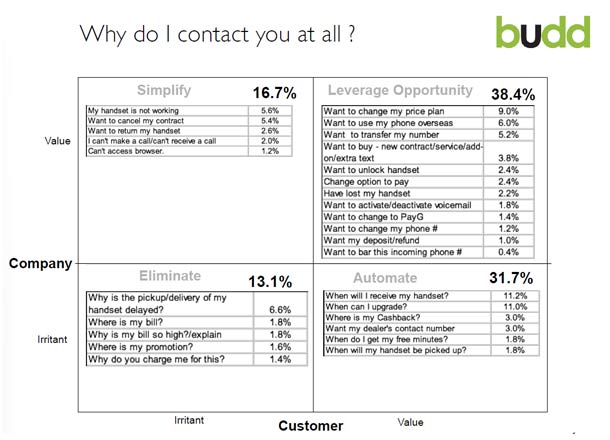
Value Irritant Matrix
We then put these intents into a value irritant matrix, invented back in 1993 for a UK telco but now in widespread use after its explanation in my colleagues’ best seller “The Best Service Is No Service” (Price & Jaffe, Wiley 2008).
The two-by-two metric looks at what’s irritating to both customer and company – that’s the dumb stuff that should be eliminated, not automated. The intents which add value to both customer and company are where you want to talk to customers.
The other two quadrants require different strategies: if there is value to the customer, but not to the company, customers will work through your automation and self-service.
If there is no benefit to customers, but there is to the company, you have to simplify not automate (e.g. with compliance requirements).
Only then should you categorize repeat calls, using the same intent verbatims. Which intents cause repeat contacts?
But you also need further data per intent – the contact rate, the impact on your satisfaction measures/NPS/CSat and the volume of customers involved. The impact on end-to-end costs, on revenues, on brand and on regulatory requirements.
Prioritize Action With Wider Data
Then across these data you can see the full picture and prioritize which intents matter most to your customers and stakeholders.
3. Zero Contacts Is the Aim
Many programmes about reducing repeat contact of course refer to the flip side, i.e. achieving first contact resolution or FCR.
But first contact resolution confuses two points.
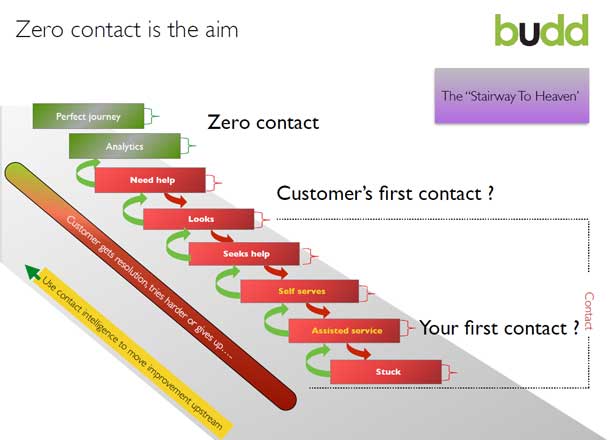
The Stairway to Heaven
First, the aim of the programme should be zero contact. This requires a good understanding of a customer’s “perfect journey” and why less than perfect journeys mean the contact intents are being stimulated upstream within the product, within contextual help, within self-service and crowd support.
All before the customer is in contact. We use the ‘Stairway to Heaven” to help that wider design be understood. The contact centre is only a part of the downstairs experience.
The role of the contact centre has to be to use its intelligence from the contact to push change, fixes and answers up the stairs so that customers can get zero-contact experiences.
Secondly, the customer’s definition of first contact is unlikely to be when they first interacted with a person – often the default of “first contact” definitions. It will be with the product or within the service, it will be with your FAQ or contextual help, it will be with your chatbot or IVR.
Summary So Far
If you’ve looked outside your company, got a wider understanding of your contact with data and looked up the stairway for zero contact resolution, you’ll be a long way to solving your repeat contacts.
Let’s take a quick look at 5 more concepts for quick insights into reducing repeat contact
4. The Person vs. The Need
A two-by-two same/different matrix of person vs. need or intent.
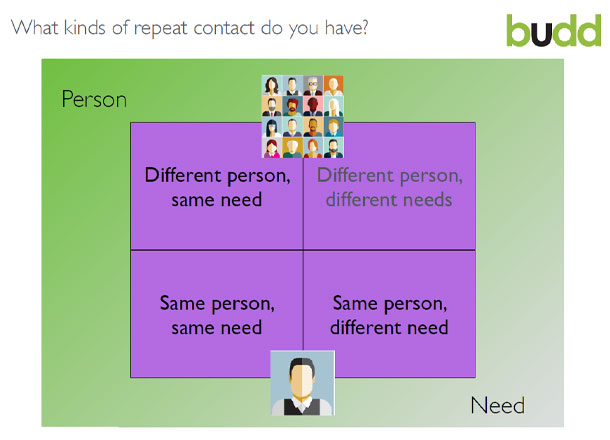
- Different Person / Different Needs is just wider contact.
- Different Person / Same Need is an intent which is causing high contact rates.
- Same Person / Same Need is a turtle in need of flipping, someone who is stuck and who can’t get something fixed or answered.
- Multiple contacts from the Same Person / Different Needs is probably someone who needs education and often occurs in early adoption.
5. What Is the Person’s Motivation?
Whilst the motivation of a repeat caller will change with context, timing and the intent, there are 4 main motivations for contact.
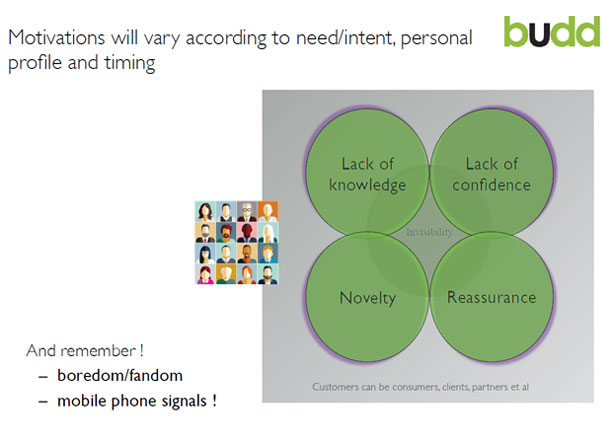
Knowledge
Lack of knowledge and an inability to get it either through self-serve or assisted channels.
Confidence
Lack of confidence either in the company, the information it provides or the person the customer spoke to. Or lack of self confidence – “I’m not sure if I’m doing this right, I don’t want to break it.”
Novelty
Novelty – repeat contact is common when a new product or service category launches (e.g. electric cars) , or a new variation by a particular vendor is different (try swapping phone manufacturer ….!!).
Some industries invest upstream and at handovers, at points of purchase and in on-product or online video to make this as easy a possible. Telcos and tech companies measure contact rates and reasons separately in the first 30 days or first billing cycle accordingly.
Reassurance
Reassurance – some things are too important to customers to get wrong even after they have seen confirmation emails or messages, e.g. high-value transactions.
And don’t forget that your raving fans might just love speaking to you or that mobile phone signals dropping out may look like multiple contacts.
6. Snowballs
Amazon had a concept of melting snowballs. When making a snowman you push a small snowball through the lying snow and it gathers snow until it’s too big to push. But if you break up the small snowball, it never gets big.
The analogy is that repeat callers are big snowballs but the cure is to stop them whilst they’re small.
So people can be trained to look for snowballs and “melt them”, stepping out of normal process or metrics to do so. And then feeding back to people and processes to prevent them in future.
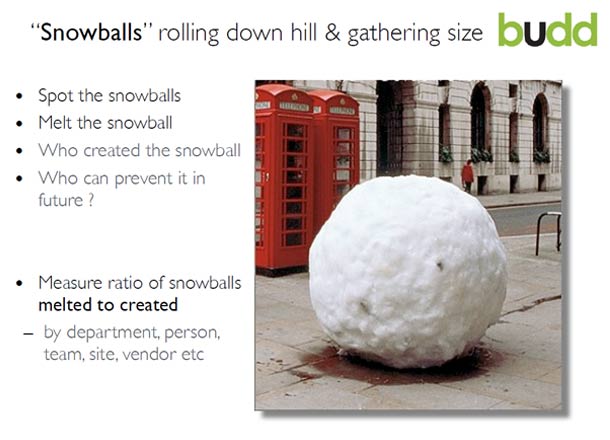
Snowballs Melted/Created
The metric of snowballs melted to created is very powerful. You can apply it between people, teams, sites, vendors, etc. according to the problems you’re addressing.
7. Rocks and Pebbles
Your operational model can drive repeat contact or reduce it.
For example, your operational model may have a front-end triage for contact, with human or machine. If triage is successfully directing people to the right resources, it will reduce contact. Misdirected contacts make for many attempts or redirected contacts.
Triage
After triage, contacts are often sent to skill- or product-based teams to resolve the issue.
But we find that complexity-based splits are a very useful concept.
Imagine you are an agent on your first day at work. What gives you confidence (and therefore gives confidence to your customer) to take those first scary calls, emails or chats?
Knowing which questions you can answer (pebbles) or knowing that you will be able to diagnose exactly who to direct them to if they are beyond your ability (rocks).
Knowledge Base Determines Complexity Split
The split between rocks and pebbles depends on the skill and training of the agent but specifically on the quality of the knowledge-base tools and content they have been trained to use.
A quality knowledge base gives you a lot of pebbles. Important for machines as well as people! Well-defined teams for specific rocks means you can give certainty of what to do.
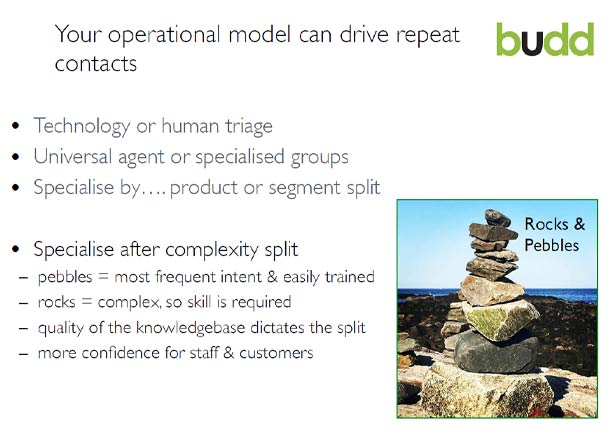
8. Optimization Teams, Tools and Analytics
Any programme of reducing repeat calls is going to use people or tools such as analytics to code or capture words that demonstrate why the contact exists and whether it is repeat.
Contact optimization shouldn’t be a one-off programme; it should be a way of working. That requires resourcing and teams to do it.

Deciding the right number of analysts and the right tools to use is a bit like deciding how much of a firefighter’s time should be spent on education about fire prevention vs. how much time is spent putting fires out. But do have a team.
Written by: Peter Massey at Budd for this insightful article.
To read more great articles from Peter, read the following next:
- The Power of “I Don’t Know”
- The Customer Hierarchy of Needs
- Talking Point: How to Overcome Resistance to New Ideas
Author: Peter Massey
Published On: 1st Jun 2022 - Last modified: 13th Oct 2025
Read more about - Customer Service Strategy, Call Handling, Customer Expectations, Customer Service, Editor's Picks, First Contact Resolution (FCR), Peter Massey, Service Strategy








